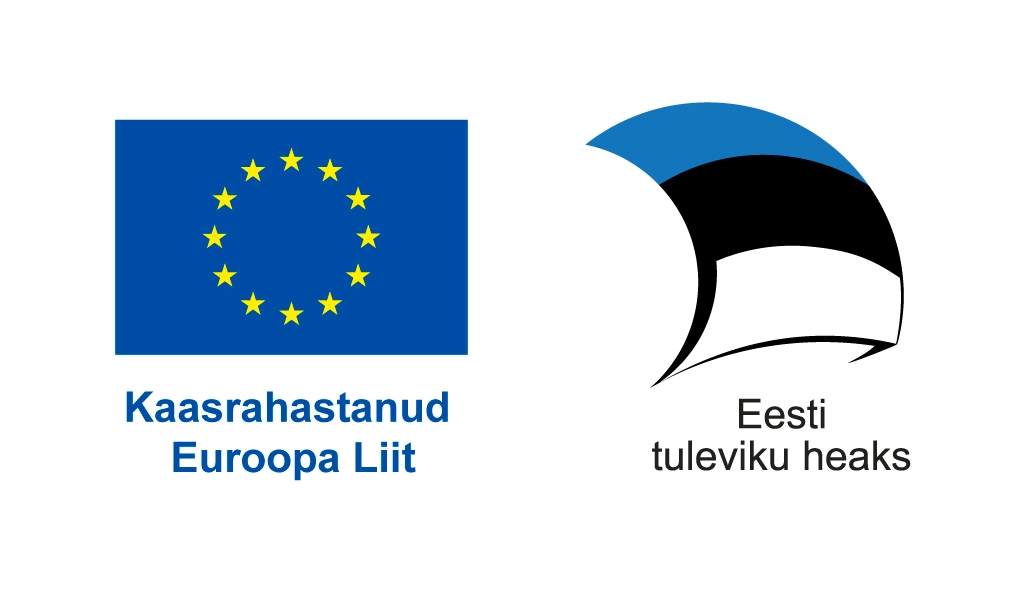In light of the challenges faced by the Estonian Health Insurance Fund (Tervisekassa), it is high time to seriously address the deeper and long-term problems of our health insurance system. Systemic, forward-looking solutions have so far been proposed too cautiously. Soon, a new head of Tervisekassa will be appointed – someone who could lead the process of creating a modern, renewed, and sustainable health insurance system.
There is much that works well in our current system, but it needs further development. This could become a broader and long-term societal agreement – A Healthier Estonia: a prevention-oriented country where health is viewed as an investment that extends far beyond the next elections. Just as in national defense, the best protection is strong deterrence – the same mindset can be applied to healthcare.
President Toomas Hendrik Ilves once said: “What has brought us here will not take us further.” This also applies to Estonia’s current solidarity-based health insurance system. The system is no longer sustainable because it relies mainly on taxes paid by working people at a time when the population is aging and the share of working-age people is shrinking. The state’s contribution to the health insurance of older people does not cover the actual costs or the growing expectations of “free healthcare for everyone.”
Additional funding or more efficient processes alone will not be enough. What’s needed is a systemic change – to redirect resources toward prevention, reduce long-term treatment costs, find new funding sources, harness the potential of digital health and science, seek cost-effectiveness in everything, and make the system partially dependent on people’s own health behavior. Such a combination would create new quality and sustainability.
The share of working-age people in the population has fallen from 65% to 58% and is projected to decline further over the next decades to around 50-55%. This means that over half a century, the funding base will shrink by nearly a third.
Currently, Tervisekassa’s budget is about €2.5 billion, of which working people contribute around €2 billion and the state adds €0.4 billion for the elderly. The annual deficit is already about €0.2 billion and is expected to worsen. This gap cannot be covered simply by raising tax rates, increasing budget transfers, or improving administrative efficiency.
The share of elderly people is growing, their need for medical care is increasing, and costs are shifting more and more in that direction. A system based solely on solidarity will not hold for long.
Over half of Tervisekassa’s budget – around €1.2–1.3 billion annually – goes to specialist medical care. The service is high-quality and essential: hospitals and technology are modern, staff are professional, and tens of thousands of people receive help each year. However, long-term sustainability requires that we reduce the need for specialist care.
That means keeping people healthier, detecting risks early, and investing in prevention – it is cheaper to address root causes than to treat severe illnesses in later stages.
Personal responsibility also matters. Currently, the same expensive treatment is provided to those who consciously harm their health. The question is one of fairness: should limited public resources be distributed equally to everyone? The solidarity principle must remain, but health behavior could, to some extent, influence access to services, co-payments, and insurance contributions. The state should do more to support those who actively take care of their health.
The focus should be on rewarding, not punishing. Healthy choices could be encouraged through tax incentives – for example, by reducing or eliminating VAT on healthy products. Clearer food labeling could also have a major impact, making healthy options in stores more intuitive (not just yellow = discount, but green = healthy and tax-favored). Such simple measures – along with stronger occupational health programs – would help reduce the long-term burden of chronic diseases.
One example comes from Singapore, where a significant portion of healthcare funding is directed to personal health plans and prevention (Healthier SG). There, personal savings accounts (MediSave) and health insurance (MediShield Life) are used to create a system in which state support and personal contribution go hand in hand.
Estonia has a good family doctor system and strong primary care, yet only just over 10% of healthcare funding – around €300 million per year – flows there. This overlaps partially with employers’ occupational health services. Prevention lacks resources and has not been a priority.
Clear responsibility and mechanisms are needed to support personal health plans and preventive medicine. Financial incentives are key: a health score could influence family doctors’ funding, the size of health insurance contributions, or access to new services. When a person maintains their health and puts less strain on the system, they should receive additional benefits – again, through rewards, not penalties.
Regular contact with family doctors via digital channels should also be encouraged – not just when symptoms arise. Doctors could be compensated for keeping their patients healthy, measured through health scores and plan outcomes.
Prevention is many times cheaper than dealing with consequences. For instance, early detection of high blood pressure and lifestyle counseling costs much less than later treatment of heart or kidney disease.
Although the quality of family doctors’ work is generally rated highly, the emphasis on early prevention has been neglected. Estonia could make better use of data from the Estonian Biobank — for example, genetic risk assessments for early disease detection – integrating them with health data and making them digitally accessible to both doctors and patients.
Drug reimbursements are among the largest expenditure items for Tervisekassa — about €250 million annually. However, a “medicine” is not only a pharmacy pill: it could also be a preventive service, digital health solution, or another health-promoting measure. A broader perspective is needed.
The temporary incapacity (sick leave) benefits system also requires critical analysis. The current 70% salary compensation can, in some cases, create the wrong incentives — where staying home on sick leave is more advantageous than returning to work. With limited resources, the system’s efficiency should be improved, and private-sector solutions considered to avoid unfairness and additional costs. Of course, we do not want people working while sick, but it is equally important to prevent misuse of the system.
Tervisekassa’s administrative costs – including staff, development, IT, etc. – account for about 0.9% of the total budget, or around €22 million per year. Compared to the €2.5 billion total budget, this is a small share. Compared with private insurance or other systems, one would not find significantly more cost-efficient ways that would make the overall system function substantially better.
A Healthier Estonia means a healthier life, more time with loved ones, greater well-being, and an economy that grows alongside our health. Investing in health is not a cost but a driver of productivity and economic growth: a healthy workforce reduces sick days, increases competitiveness, and provides significant benefits to employers.
Today’s Estonian healthcare system is primarily consequence-driven, focused on treating illnesses rather than preventing them. As a result, the working-age population loses a considerable portion of its life to disease and premature death, leading to substantial loss in tax revenue. Poor health also causes major productivity losses for employers.
Studies by the McKinsey Health Institute show that as many as 19 of the 23 most significant health determinants lie outside the traditional healthcare system. Most are related to lifestyle and health behavior, underscoring the importance of prevention. It is also well established that population health affects economic development almost as much as education.
From the perspective of Estonia’s economy and tax base, even a small reduction in disease burden could bring tens of millions of euros in additional tax revenue. By investing in prevention and health today, we create both well-being and economic value for tomorrow.
————
This opinion article by Lyfery founder Mihkel Mandre was first published in Postimees as an opinion article on October 9, 2025.
In the photo: the Health Insurance Fund headquarters in Tallinn. Photo: Mikk Keis.

Lyfery pakub sulle personaalset ja sinu tervisekäitumisest sõltuvat elukindlustuse lahendust. Skandinaavia pangad seda endale lubada ei saa.

The project “Technological development, testing, and demonstration of components of a healthy lifestyle scoring model” has received €34,580 in development grant support.
As part of the project, a model was developed to assess healthy lifestyle habits, enabling the cost-effective offering of life insurance that supports healthier living. The goal is to create a scalable, health-promoting product that can be expanded across Europe.
As a result of the project, the Lyfery app now measures lifestyle-related mortality risk on an individual customer basis.